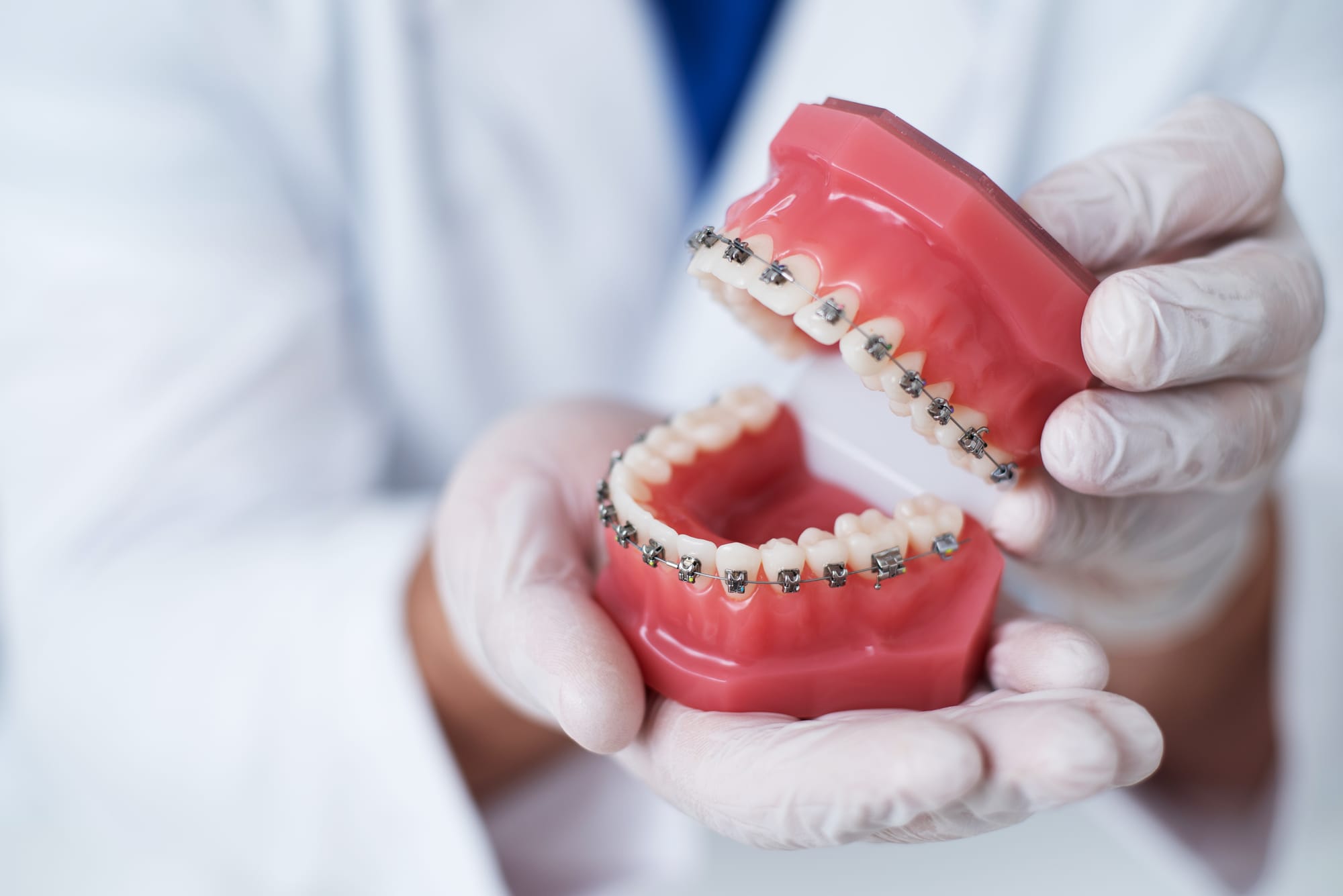
Orthodontics is a specialized branch of dentistry that focuses on diagnosing, preventing, and correcting misaligned teeth and jaws. While many people associate orthodontics only with braces, the field encompasses a wide range of treatments aimed at improving both oral health and aesthetics. For beginners, understanding the fundamentals of orthodontics can help make informed decisions about dental care and treatment options.
What is Orthodontics?
Orthodontics is the dental specialty that deals with correcting irregularities in the teeth and jaw. The primary goal is to achieve proper alignment, which can improve chewing, speech, and overall oral health. Misaligned teeth, also known as malocclusions, can lead to problems such as difficulty in cleaning teeth, increased risk of decay, jaw pain, and even self-confidence issues.
Orthodontists are dental professionals who undergo additional training beyond general dentistry to specialize in tooth movement and facial development. They use devices like braces, aligners, retainers, and other appliances to correct dental irregularities.
Common Types of Orthodontic Problems
Crowded Teeth – When there isn’t enough space in the jaw for all teeth, crowding occurs, leading to overlapping or twisted teeth.
Overbite – The upper teeth overlap the lower teeth excessively, sometimes causing wear on teeth and jaw discomfort.
Underbite – Lower teeth protrude beyond the upper teeth, potentially affecting chewing and speech.
Crossbite – When the upper teeth sit inside the lower teeth when biting, causing uneven wear.
Spacing Issues – Gaps between teeth due to missing teeth or jaw size discrepancies.
Understanding these issues helps individuals seek timely orthodontic treatment before complications arise.
Importance of Orthodontic Treatment
Orthodontic treatment is not just about achieving a perfect smile; it plays a crucial role in overall dental health. Properly aligned teeth are easier to clean, reducing the risk of cavities, gum disease, and other oral health issues. Additionally, correcting jaw alignment can alleviate problems like temporomandibular joint (TMJ) disorders, which cause pain and discomfort in the jaw.
Moreover, orthodontic treatment has a significant impact on self-esteem. A well-aligned smile can enhance confidence and make social interactions more comfortable.
Types of Orthodontic Treatments
Orthodontic treatments have evolved significantly over the years. Today, patients can choose from a variety of options based on their needs, preferences, and lifestyle.
1. Traditional Braces
Traditional metal braces are the most common and effective method for correcting complex orthodontic issues. Brackets are attached to the teeth and connected by wires, which gradually move teeth into the desired position. Advances in materials now make braces more comfortable and less noticeable than before.
2. Ceramic Braces
Ceramic braces function similarly to metal braces but are made from tooth-colored materials. They are less visible and preferred by adults seeking discreet treatment.
3. Lingual Braces
Lingual braces are placed behind the teeth, making them invisible from the front. They offer effective results but require more expertise and may take longer to adjust to.
4. Clear Aligners
Clear aligners, such as Invisalign, are transparent, removable trays that gradually shift teeth. They are ideal for mild to moderate orthodontic issues and offer the convenience of easy cleaning and maintenance. Patients often prefer aligners for aesthetic reasons and comfort.
5. Retainers
After braces or aligners, retainers help maintain the corrected position of teeth. They can be fixed or removable and are crucial for long-term results.
Choosing the Right Orthodontist
Selecting a qualified orthodontist is essential for achieving the best results. Look for credentials, experience, and patient reviews. Many clinics offer consultations to discuss treatment plans and options.
For those in the UAE, accessing Top Orthodontic Treatment in Dubai ensures high-quality care with modern technology and expert professionals. These clinics often provide comprehensive services, from initial consultation to post-treatment follow-ups, ensuring a smooth and effective orthodontic journey.
The Orthodontic Treatment Process
Initial Consultation – The orthodontist evaluates your teeth, jaw, and overall oral health. X-rays, photographs, and impressions may be taken to plan treatment.
Treatment Planning – Based on the diagnosis, a customized plan is created, outlining the type of appliances, duration, and expected results.
Application of Appliances – Braces or aligners are applied, and regular adjustments or aligner changes are scheduled.
Monitoring Progress – Regular visits allow the orthodontist to track progress, make adjustments, and ensure treatment is on schedule.
Retention Phase – After active treatment, retainers are provided to maintain results and prevent relapse.
Caring for Your Braces or Aligners
Maintaining oral hygiene during orthodontic treatment is critical. Food can easily get trapped in braces, increasing the risk of plaque buildup and tooth decay. Patients should follow these tips:
- Brush after every meal using a soft-bristled toothbrush.
- Use fluoride toothpaste and floss regularly.
- Avoid sticky, hard, or sugary foods that can damage appliances.
- Follow your orthodontist’s instructions for cleaning aligners or retainers.
Proper care ensures faster results and a healthier smile.
Benefits of Orthodontic Treatment
Improved Oral Health: Aligned teeth are easier to clean, reducing the risk of cavities and gum disease.
Enced Aesthetics: nhaA beautiful smile boosts confidence and self-esteem.
Better Functionality: Proper alignment improves chewing, speech, and jaw function.
Long-Term Health: Prevents abnormal wear of teeth and jaw problems in the future.
Orthodontic treatment is an investment in both appearance and overall oral health.
Conclusion
Understanding orthodontics is the first step toward a healthier, more confident smile. Whether you are dealing with crowded teeth, overbites, or spacing issues, seeking professional care is essential. Patients looking for reliable and advanced services can access Top Orthodontic Treatment in Dubai for expert guidance and modern solutions.
By choosing the right clinic and following proper oral care, achieving a perfect smile becomes a seamless and rewarding journey.
When it comes to maintaining your oral health after treatment, make sure you continue regular check-ups at the Best dental clinic in Dubai to keep your smile radiant and healthy for years to come.